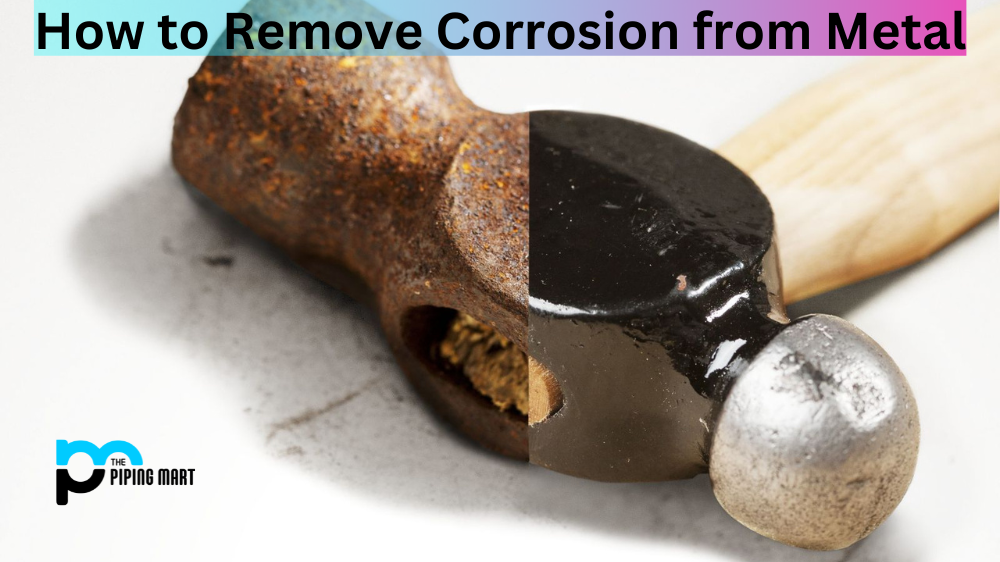Corrosion is a common problem for many metals and can significantly reduce the lifetime of metal objects. Fortunately, there are several ways to remove corrosion and restore metal surfaces. Read on to learn more about how to safely and effectively remove corrosion from metal surfaces.
Identifying the Type of Corrosion
The first step in removing corrosion from metal is identifying what kind of corrosion it is. There are three main types of corrosion: rust, tarnish, and discoloration. Rust is characterized by red or orange flaking off the surface, while tarnish appears as a gray or white film on top of the metal. Discoloration is a change in color on the surface of the metal that may or may not is accompanied by flaking or tarnish. Once you know what type of corrosion you’re dealing with, you can move on to removing it.
Using Household Items to Remove Corrosion
Removing corrosion with household items can be easy and cost-effective if done correctly. Some common household items that can help remove rust include baking soda, vinegar, lemon juice, steel wool, and aluminum foil. When using any item to clean corroded metal surfaces, it’s important to take safety precautions, such as wearing gloves and protective eyewear when necessary. It’s also important to test a small area before attempting to clean larger areas; this will help ensure the cleaning product won’t damage the surface further or cause discoloration. For example, if you’re using baking soda on stainless steel surfaces—which should never be used—you want to make sure you don’t damage your surfaces before trying it out in a larger area.
Professional Cleaning Services
In some cases, professional cleaning services may be needed for more extensive corroded areas or materials that cannot be easily cleaned with household products, such as brass or copper surfaces. Professional cleaners have access to specialized products and techniques that can effectively remove corrosion without causing additional damage to your materials or objects. Additionally, they are experienced in identifying different types of metals, so they know which methods will work best without damaging delicate surfaces such as antique pieces or heirlooms that may have been passed down through generations.
Conclusion:
Removing corrosion from metal surfaces doesn’t have to be difficult—or expensive! With the right tools and techniques, you can safely restore metals back to their original condition for an affordable price (or even free!). If you’re dealing with more serious corrosion problems like brass or copper objects that require specialized tools and techniques, then it’s best to call in a professional cleaner who has experience dealing with these delicate materials instead of risking further damage yourself! Ultimately, being aware of how different materials corrode can help determine which method is best for restoring them back to their original condition!

Meet Bhavesh, a seasoned blogger with a wealth of knowledge and experience. From metal products manufacturing to retail, Bhavesh has a diverse background in various industries and is dedicated to sharing his insights and expertise with readers.




